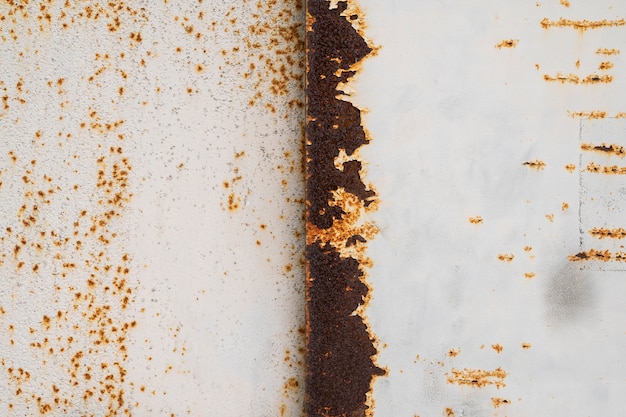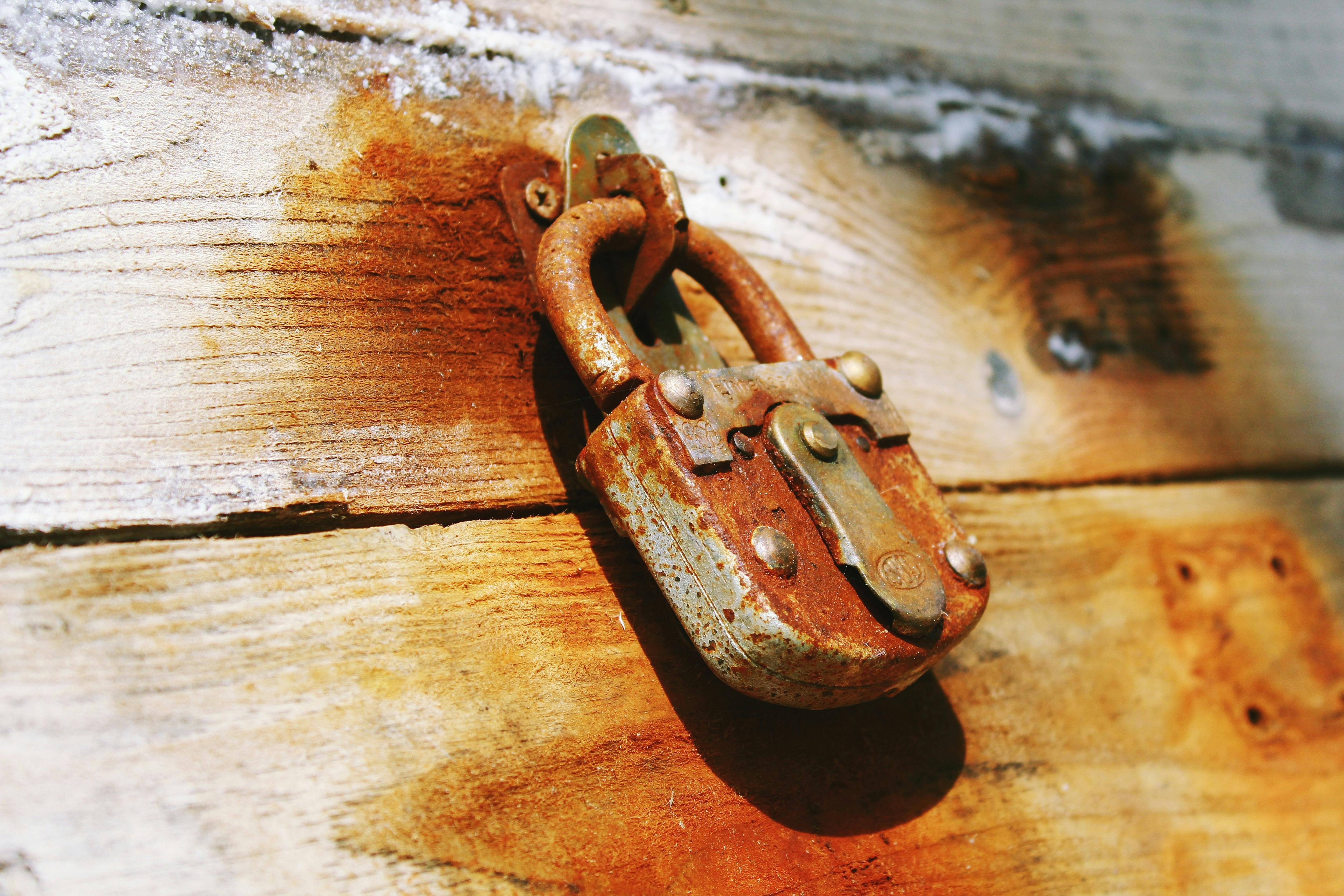Rust Inhibitors in Industry: Enhancing Durability and Performance
Rust, the bane of metal surfaces, infrastructure, and machinery, has been a perpetual adversary in various industries. It's a relentless force that undermines the integrity and longevity of structures and equipment. However, the deployment of rust inhibitors has emerged as a critical solution, offering a shield against corrosion and significantly enhancing durability and performance across multiple sectors.
Understanding Rust and its Impact
Rust, scientifically known as iron oxide, is the product of a natural chemical reaction between iron, oxygen, and moisture. This corrosion process can lead to structural weakening, deterioration, and eventual failure of metal components. In industrial settings, this poses a significant threat to infrastructure, machinery, and various applications, causing financial losses and safety hazards.
The Role of Rust Inhibitors
Rust inhibitors, also referred to as corrosion inhibitors, are substances designed to impede or slow down the corrosion process. They work by forming a protective layer on metal surfaces, acting as a barrier that prevents the contact of metal with environmental factors such as moisture and oxygen, which are crucial catalysts for rust formation.

These inhibitors can be categorized into different types, including:
Film-Forming Inhibitors:
These inhibitors create a physical barrier on the metal surface, hindering the interaction between the metal and corrosive agents. They often contain compounds like oils, waxes, resins, or polymers that adhere to the metal surface and form a protective film.
Volatile Corrosion Inhibitors (VCIs):
VCIs function by releasing vapor or gas that forms a protective layer on metal surfaces. They are particularly useful in enclosed spaces or areas that are hard to reach, providing protection to inaccessible parts.
Passivation Inhibitors:
Passivation inhibitors work by altering the chemical properties of the metal surface, making it less reactive to the elements that cause corrosion. They often contain compounds like phosphates, chromates, or other chemicals that modify the metal surface chemically, rendering it less prone to oxidation.
Applications Across Industries
The use of rust inhibitors extends across a spectrum of industries, each benefiting from enhanced durability and performance:
Automotive Industry:
In the automotive sector, rust inhibitors play a pivotal role in protecting vehicles from corrosion. They are applied to the chassis, underbody, and exposed metal components, safeguarding against rust caused by road salts, moisture, and environmental exposure.
Infrastructure and Construction:
In construction, rust inhibitors are utilized in reinforcing steel bars, structural components, and building materials to ensure longevity and structural integrity. Bridges, pipelines, and buildings benefit from these inhibitors, reducing maintenance costs and increasing lifespan.

Manufacturing and Machinery:
Machinery and equipment are susceptible to corrosion due to exposure to various environmental conditions. Rust inhibitors are integral in preserving these assets, preventing downtime, and ensuring optimal functionality.
Marine Industry:
Ships, offshore platforms, and marine equipment are constantly exposed to harsh marine environments. Rust inhibitors are used extensively to protect these structures from the corrosive effects of saltwater, extending their operational life.
Diverse Approaches Driving Rust Inhibitor Innovation
- Innovative Nanotechnology: Nanotechnology-driven rust inhibitors utilize nano-sized particles that penetrate surface imperfections, offering enhanced protection and durability.
- Self-Healing Coatings: Advanced coatings with self-healing properties utilize microcapsules containing corrosion inhibitors, releasing them when damage occurs to repair and protect the metal surface.
- Environmental Adaptability: Constant research aims to develop inhibitors that can adapt to diverse environmental conditions, resisting corrosion in extreme temperatures, humidity, and chemical exposures.
- Smart Coatings and Monitoring: Integration of smart coatings with sensors enables real-time monitoring of corrosion levels, allowing for proactive maintenance and timely application of inhibitors.
- Bio-Inspired Inhibitors: Drawing inspiration from natural processes, bio-inspired inhibitors mimic biological systems to create protective layers that prevent corrosion.
- Corrosion Resistant Alloys: Research focuses on developing new alloys with inherent corrosion resistance, reducing the reliance on external inhibitors for protection.
- Industry Standards and Certification: Standardization bodies play a critical role in establishing industry benchmarks, and ensuring the effectiveness and reliability of rust inhibitors through certifications and testing protocols.
- Cost-Effectiveness and ROI: Assessing the cost-effectiveness of inhibitors in terms of maintenance savings and prolonged asset life drives decision-making for widespread adoption across industries.
Future Trends and Innovations
Continued research and development in the field of rust inhibitors are focused on environmentally friendly and more effective solutions. Nanotechnology, for instance, is being explored to create nano-coatings that offer superior protection while minimizing environmental impact.
Rust Inhibitors in Industry: Enhancing Durability and Performance
Rust inhibitors have become indispensable in safeguarding various industries against the detrimental effects of corrosion. Expanding on the multifaceted role of these inhibitors and exploring their advancements sheds light on their vital contributions to durability and performance enhancement.
Advanced Formulations and Effectiveness
In recent years, the evolution of rust inhibitors has seen a shift towards more advanced formulations with improved effectiveness and eco-friendliness. Manufacturers are increasingly focused on developing inhibitors that not only offer enhanced protection but also minimize environmental impact.
Green Inhibitors:
The emergence of environmentally friendly or "green" inhibitors has gained traction, emphasizing compounds that are less toxic and more biodegradable. These inhibitors leverage natural substances or benign chemicals to inhibit corrosion without compromising performance.
Multifunctional Inhibitors:
Another trend involves the development of multifunctional inhibitors capable of protecting multiple forms of corrosion, such as pitting, crevice corrosion, and galvanic corrosion. These inhibitors offer comprehensive defense mechanisms, catering to diverse industrial needs.
Application Techniques and Optimization
Apart from advancements in formulations, innovations in application techniques play a crucial role in optimizing the efficacy of rust inhibitors. The proper application ensures uniform coverage and adherence to metal surfaces, maximizing protection.
Spray and Dip Coating:
Spray and dip coating techniques have gained prominence due to their ability to uniformly cover complex surfaces, ensuring that inhibitors reach all vulnerable areas. These methods enable thorough application, even in intricate machinery parts or irregularly shaped components.
Electrochemical Methods:
Electrochemical techniques, such as cathodic protection, involve applying an electric current or sacrificial anodes to protect metal surfaces. This method is especially effective in safeguarding submerged or buried metal structures against corrosion.
6 Nicholas Drive Dandenong South, Vic 3175 Australia
Phone: 03 9768 2322

